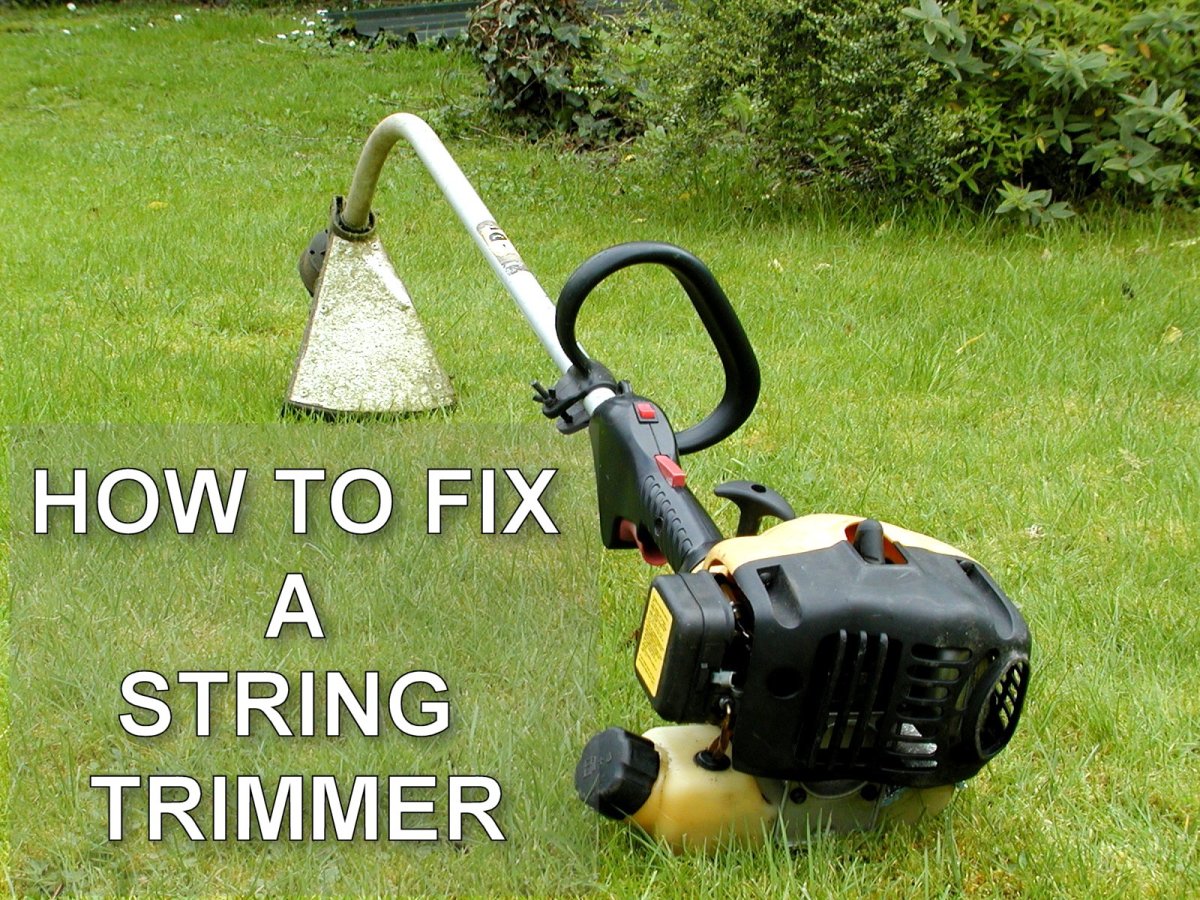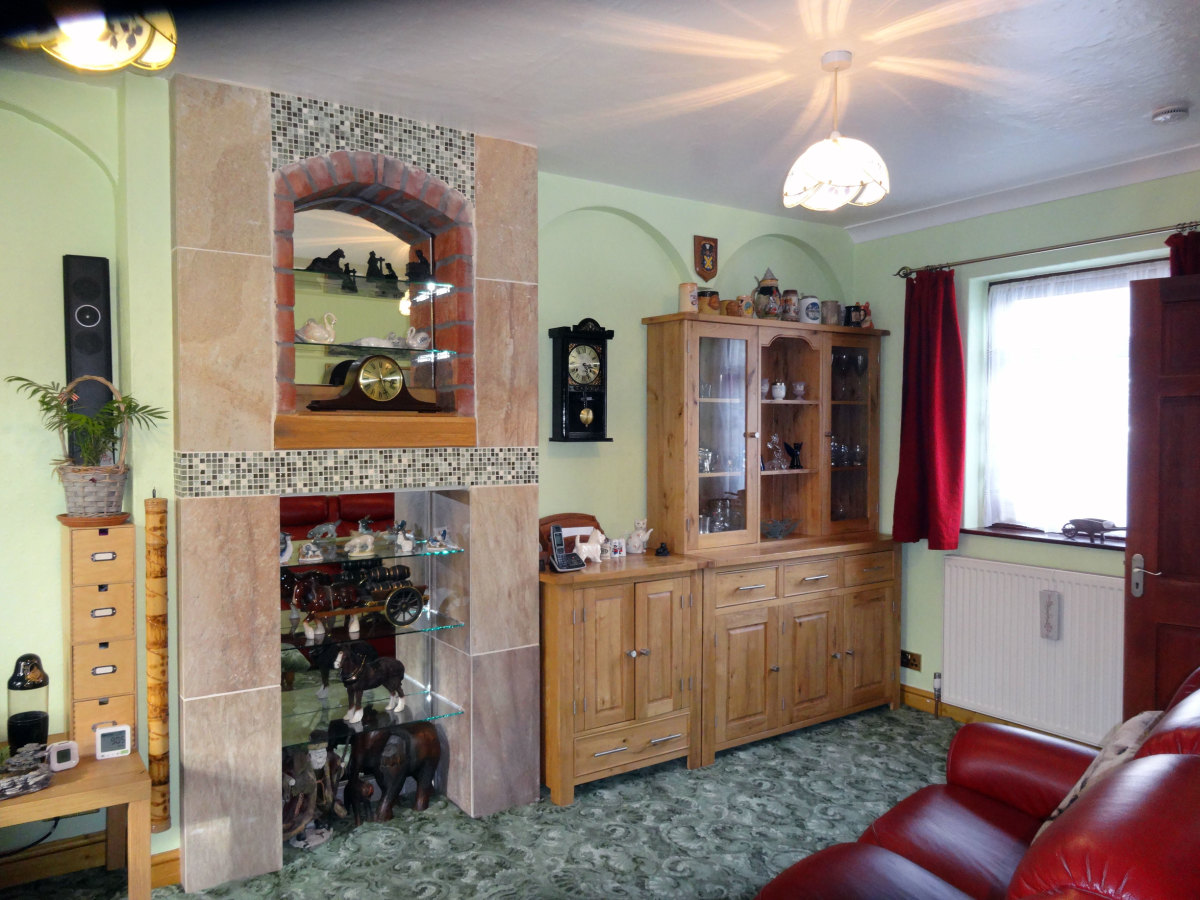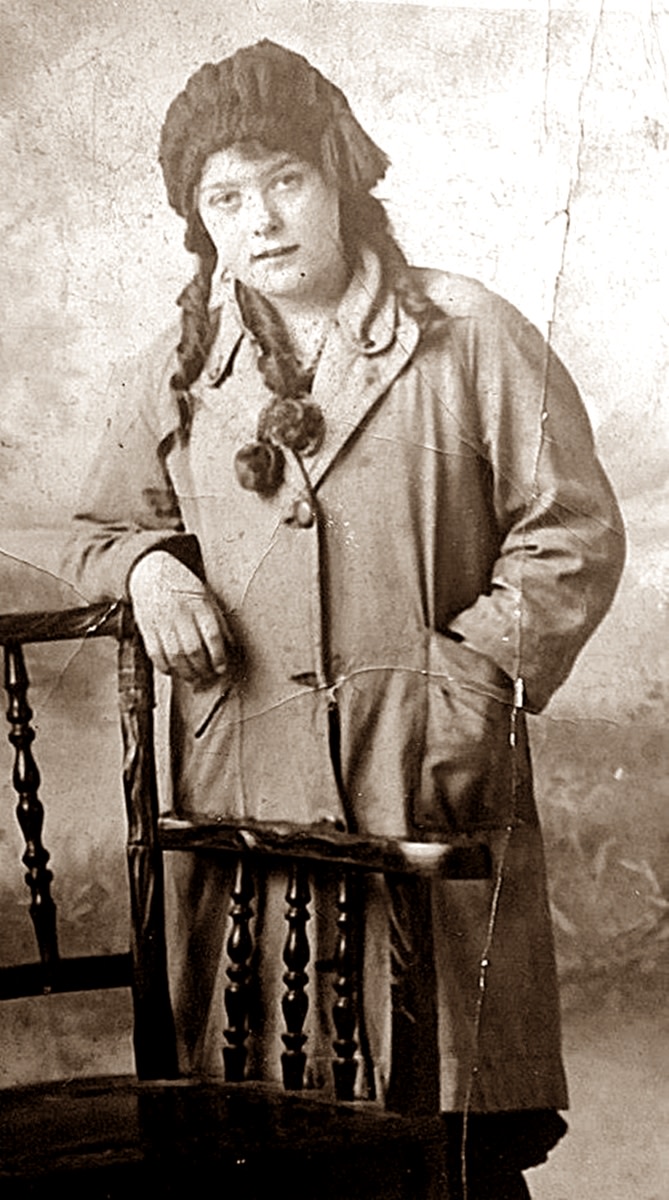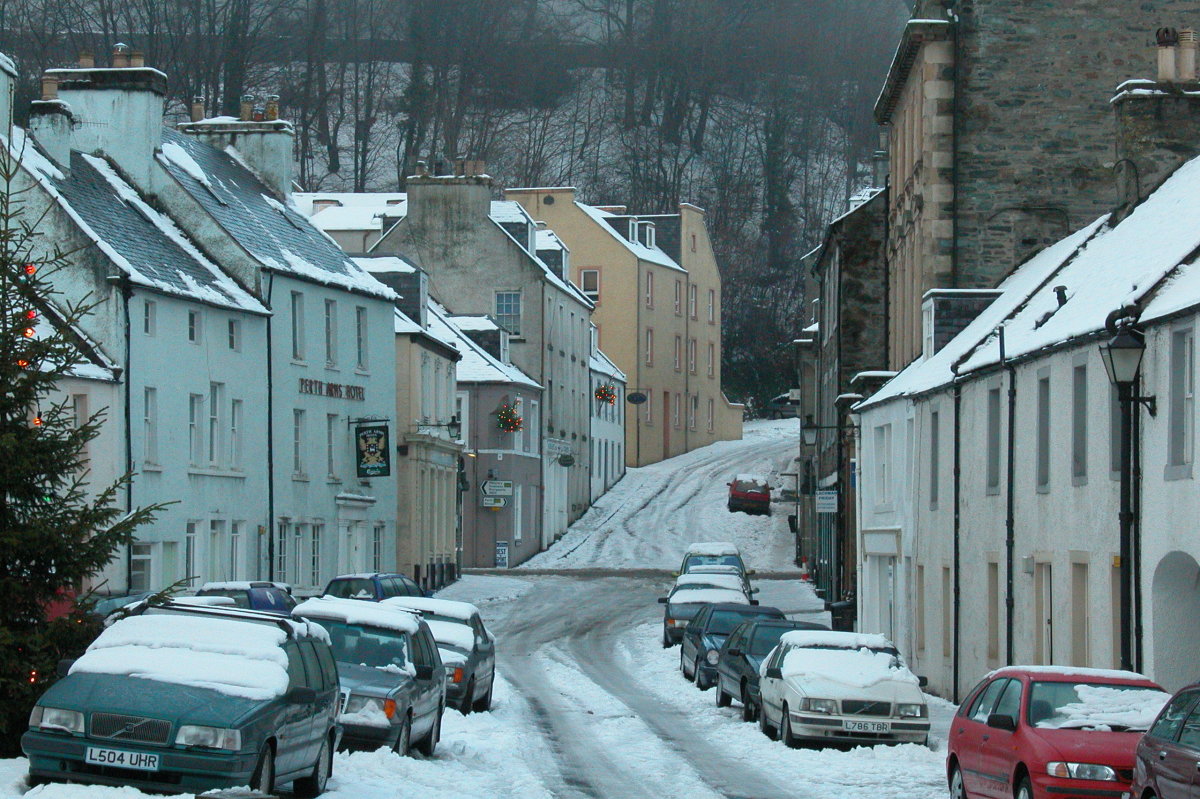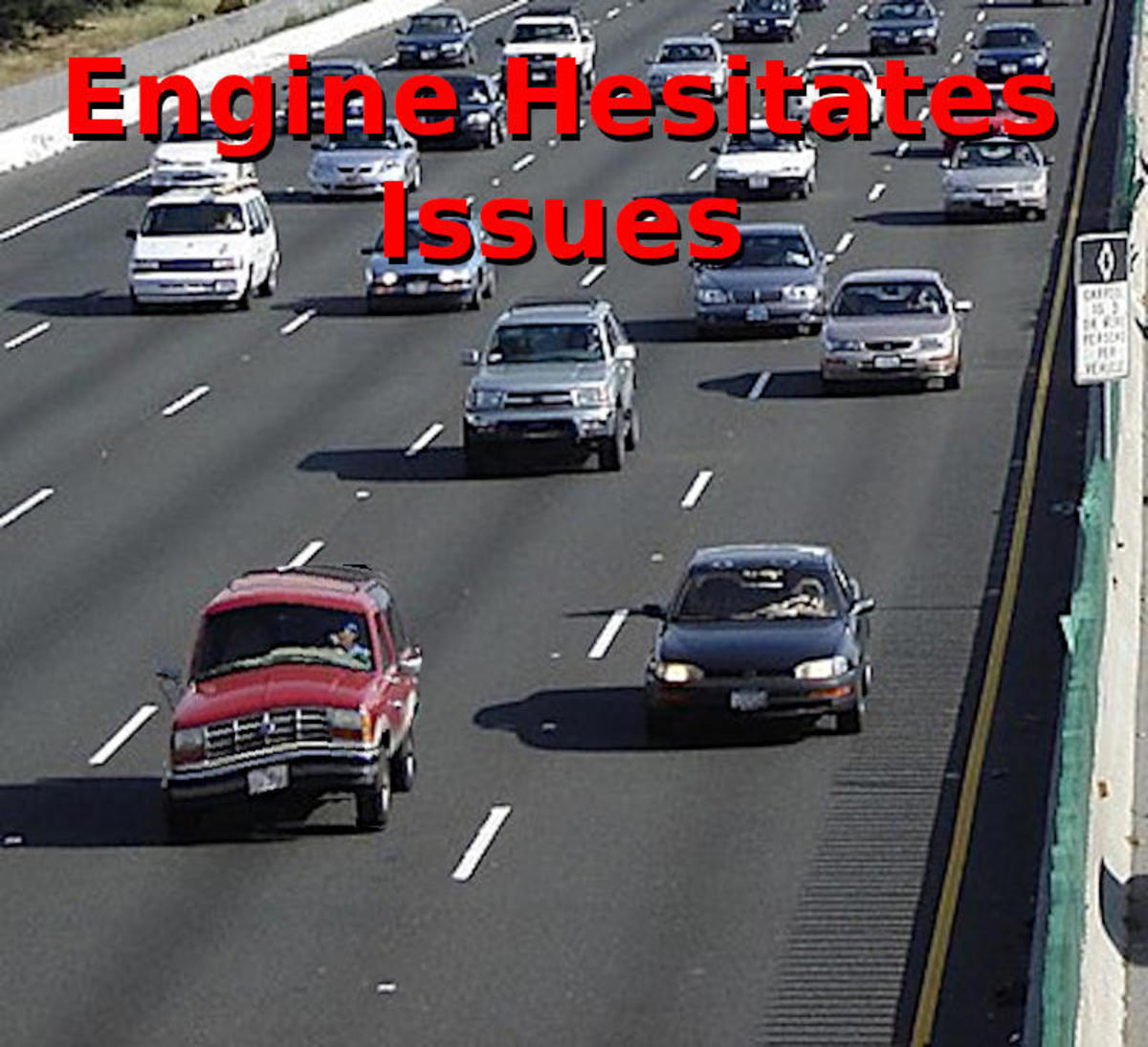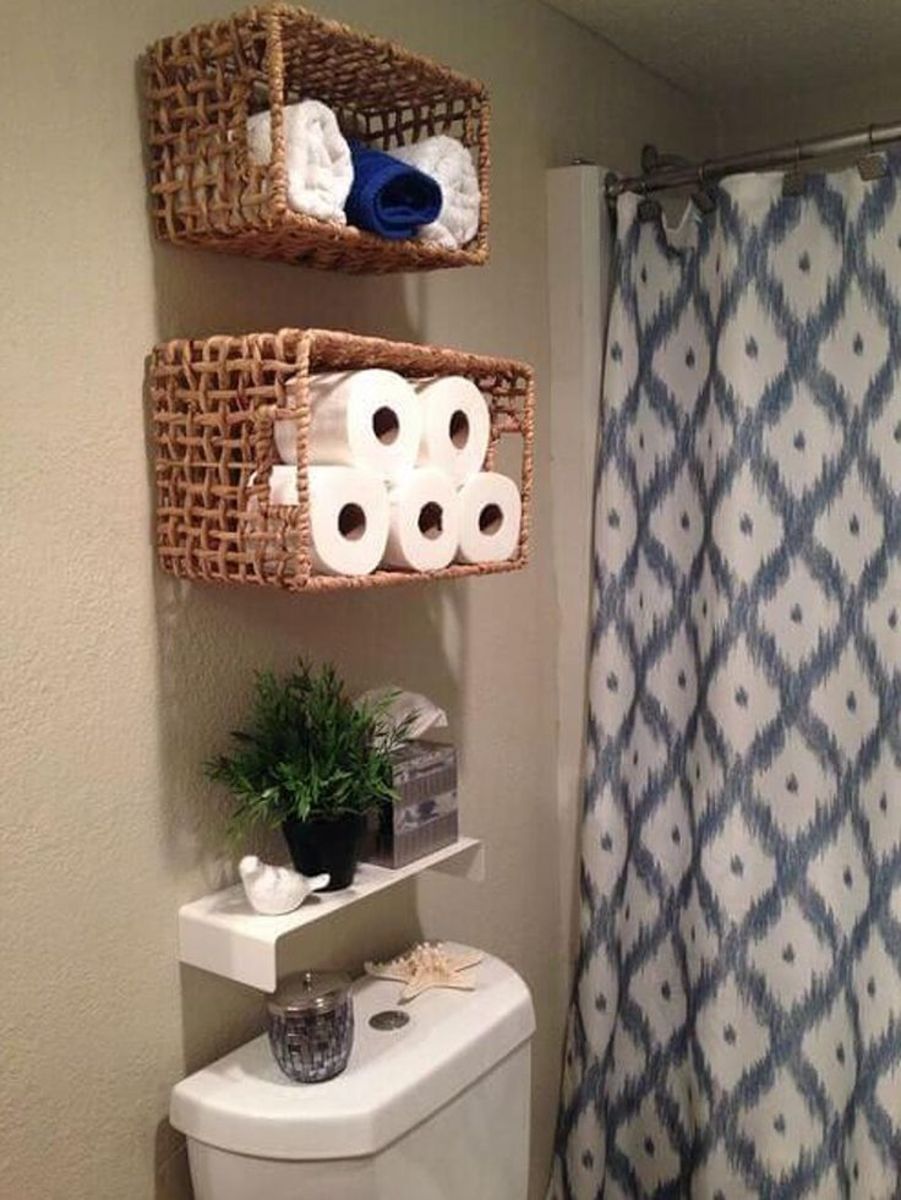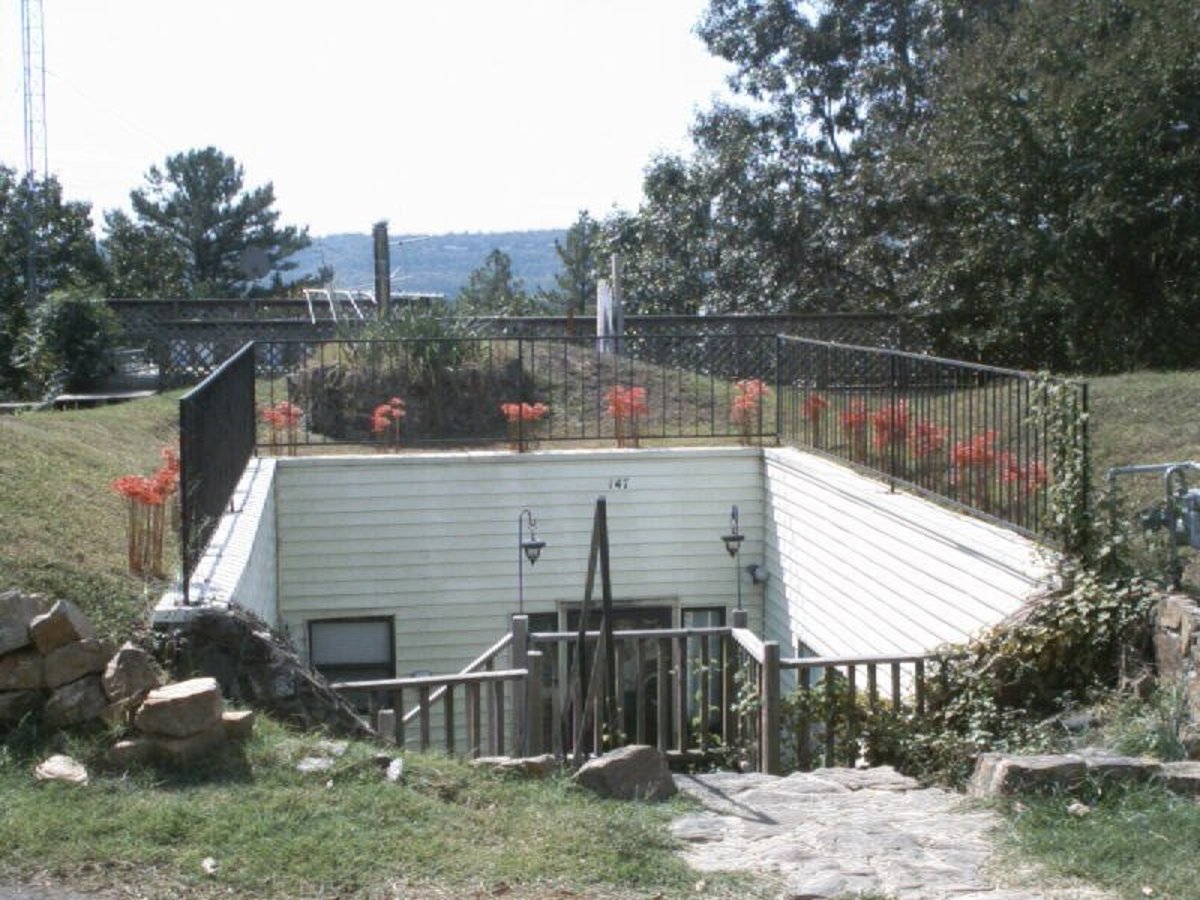Central heating hints and tips to getting it working
The worse has happened
One of the worse things that can happen the weather is cold and freezing outside and your central heating and hot water has broken down! The local heating engineer is literally snowed under and may take some time to arrive. Here are a few hints and tips to see if you can remedy the problem yourself.
Remember at all times though safety first, if you are unsure about anything then it is best to get in a professional to attend to the job.
Check for fuel
For those of us with a natural gas supply this is rarely an issue unless you have a "pay as you go" or token meter, however many homes use fuel oil of LPG to fuel there heating. Both should have tanks with an attached gauge or other device indicating the level of fuel remaining so make sure you have some.
It is advisable to regularly check your fuel tanks to ensure they are full, many fuel suppliers will remind you. It is best to plan well for the winter or cold seasons and ensure you have plenty of fuel but occasionally mistakes are made or things overlooked. Remember fuel suppliers may be busy and you may have a wait until they can deliver you more fuel.
Check the time clock and thermostat
The first thing to do is to check the time clock or other controls for your central heating, ensure that it is calling for heat. Many modern day time clocks have an indicating light or a symbol telling you the heating should be coming on.
Check the thermostat is turned up, most central heating have a room thermostat somewhere make sure this is turned high enough to bring the heating on. You may overlook this particularly if you have children who may have inadvertently turned it down.
Another wonder of modern day technology is wireless thermostats and time clocks, these work in a similar way to your TV remote control sending radio signals to turn the boiler on and off. Like the TV remote control they often have batteries to power them, make sure they are okay or if you are unsure then change them.
If you have checked all these and the heating controls are calling for heat it is time to take a look at your boiler.
Check the boiler
There are many and different types of boilers and all should be approached with caution and care. It is strongly advisable not to remove or interfere with any parts or panels. In many countries such as the united kingdom only suitable qualified technicians (those registered with gas safe) can work on gas appliances
Older boilers may have a pilot light, you will need to check if this is lit. If it is not then follow the instructions either in the manual or on the boiler itself on how to relight. As a general rule of thumb try three times to get the pilot light to light and then stay on, if it still will not after the third attempt it is time to think about calling in the professionals.
Newer boiler or combi boilers have a couple of things worth checking. First many require pressure in the system for the boiler to function, you can check there is adequate pressure via the pressure gauge located on the front of the boiler. If it is low it will require topping up via the filling loop your boiler installer should have demonstrated this, alternatively there will be instructions in the user manual it is usual done via a valve connected to the boiler with a silver braided hose.
Many modern boilers have a reset button, again if you are unsure there should be details in the user manual, however on some boilers it is well detailed and marked. Press this and wait to see if the boiler will fire up, if it does not wait a couple of minutes and try again. As a rule of thumb try this three times, if after the third the boiler still will not fire it is time to call in the professionals.
A word about condensing boilers
Another fault your boiler may have you may be able to deal with yourself is a frozen condensate pipe. This is for those with a condensing boiler where the drain either goes through an extremely cold area or is outside. In particular cold spells this may freeze up over a number of days causing a blockage, this is turn will cause the boiler to stop working. This is usually a plastic pipe.
Depending on the installation you may be able to see or feel that the condensate has frozen with great care you can attempt to defrost the condensate with warm water, do not use boiler water as this may cause damage to the pipe as well as being dangerous to use. Run the warm water up and down the condensate pipe until the blockage has been removed. Once the condensate pipe is defrosted you will need to reset your boiler.
If you do have this problem it is advisable to get a registered technician to come back and alter the condensate pipe so this problem does not reoccur. Generally this is done by finding an alternative pipe route (inside the property) or installing larger and lagged pipe.
Has this guide been useful for you?
If you have any useful hint, tips or suggestions of your own feel free to leave them below.


